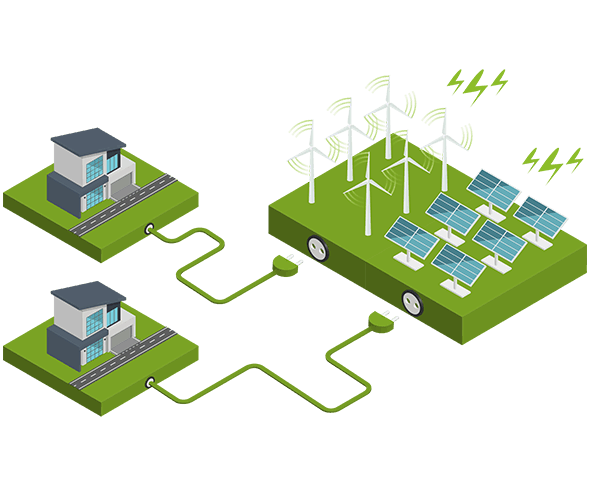Renewable Energy
Geo Teva has vast experience in the area of Alternative and Green Energy, and has taken part in leading projects throughout Israel in all types of clean energy: Thermosolar, Photo voltaic, and wind energy.
Our team is experts in conducting in-depth professional Environmental Impact Analyses (EIA) in a variety of energy-related fields.
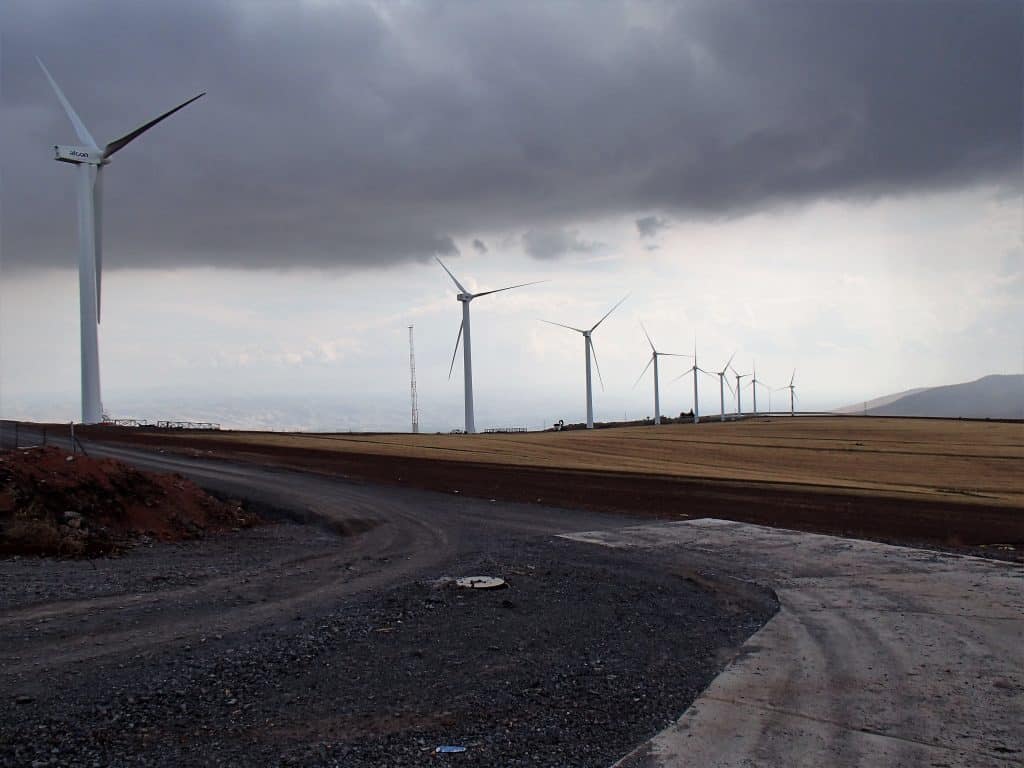

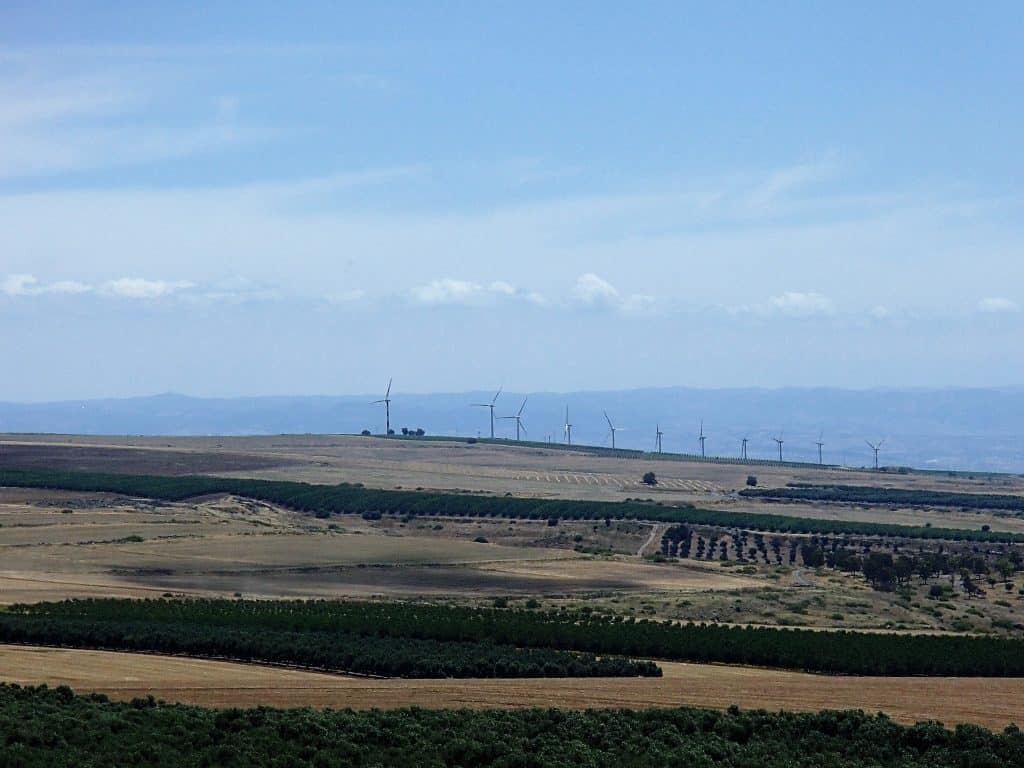
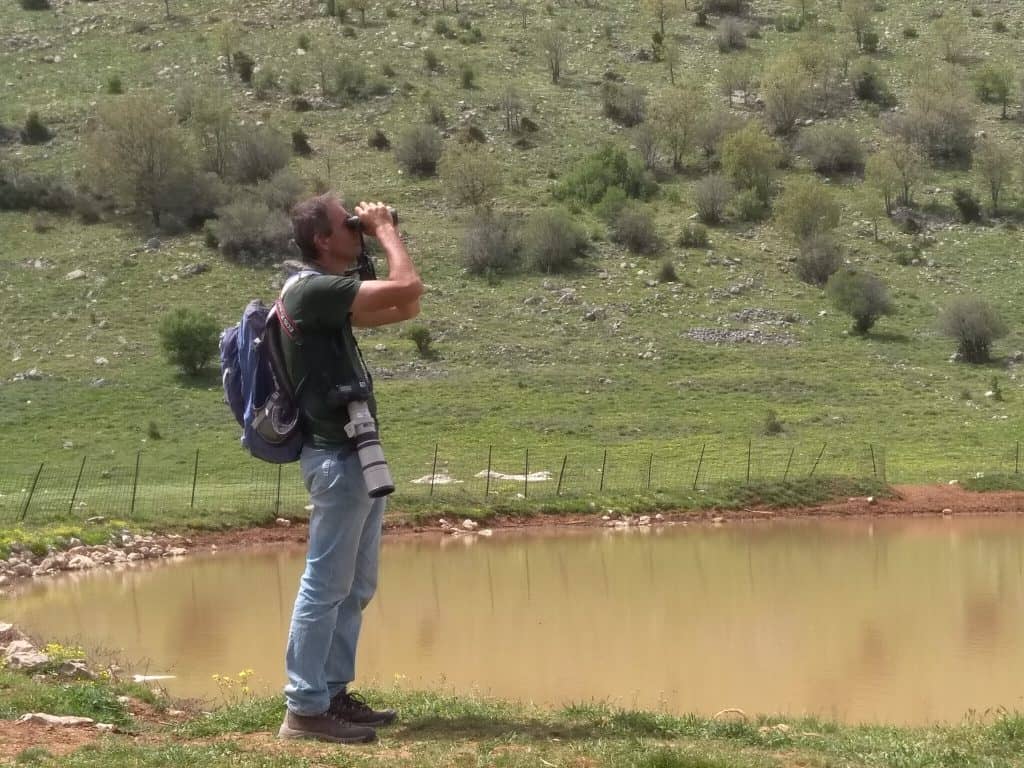
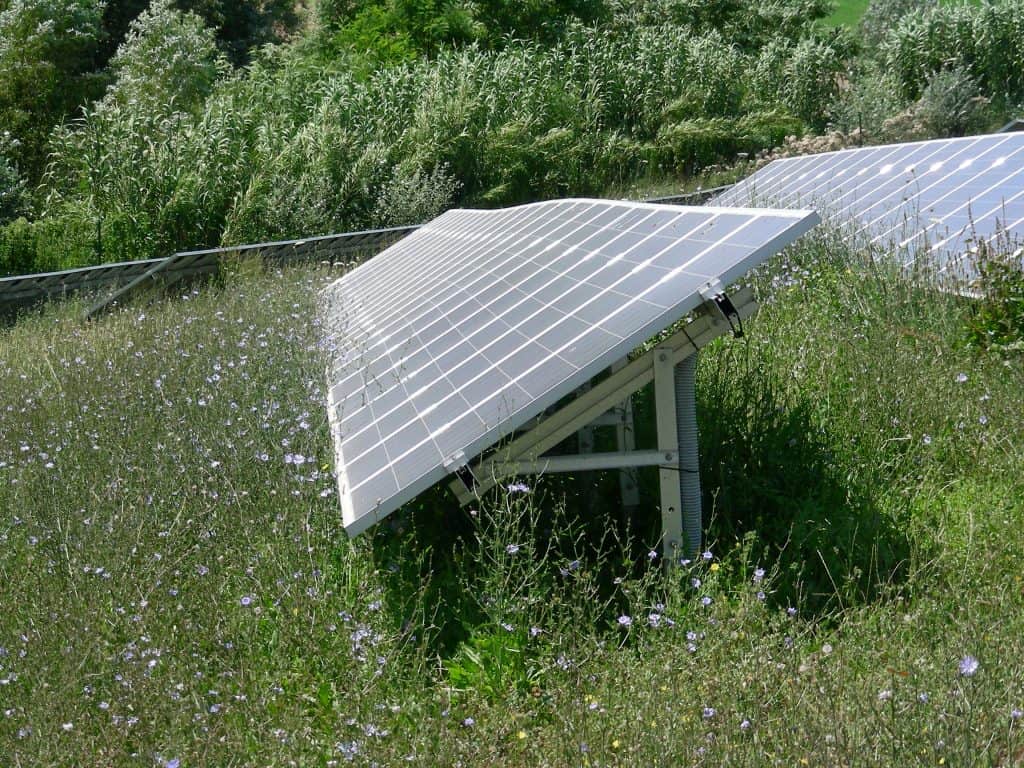
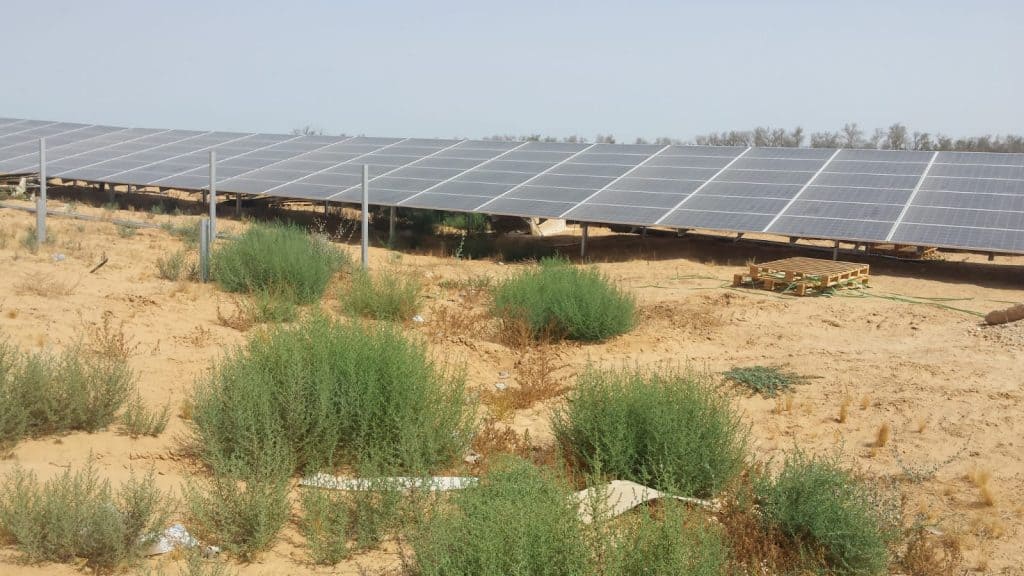
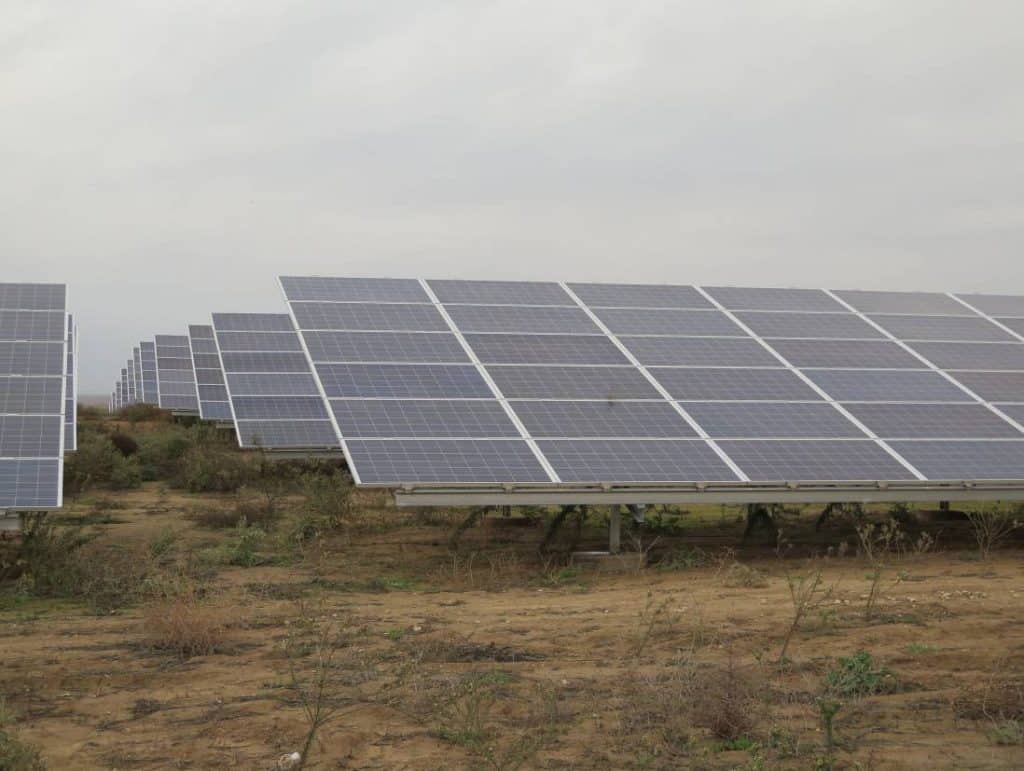
The Department for Renewable Energy
Wind Energy
The unique aspect of our preliminary field surveys are the emphasis on impact assessments of winged species in addition to the standard environmental impact analysis.
Project guidance occurs in several stages:
- Feasibility studies – Identifying potential project sites.
- Document preparation and initial consulting for the local committee meeting.
- Guidance in front of various committees up until the stage of receiving instructions from the Ministry of Environmental Protection to conduct the EIA and winged-species surveys
- Preparation of Environmental Impact Report (EIR) including:
- Field studies
- Analysis of existing conditions via research including field surveys and literature reviews (Part 1)
- Detailed analysis of project alternatives including aesthetic, energy, environmental, and other aspects (Part 2)
- Technical and engineering details of the project (Part 3)
- And in the final stages of the analysis, a combination of Parts 1 & 3 in order to detail the expected direct and indirect project impacts including recommendations and instructions for minimizing impacts (Part 4)
- Performance of Winged-Species Survey:
These surveys are based on comprehensive field work which is conducted by expert ornithologists:
- During migration, nesting, and winter seasons
- Comprehensive bat surveys in the project vicinity including mapping of their habitats. In this survey we categorize individual species using monitoring devices which record their calls and allow ornithologists to differentiate between species
- Submission of a detailed report which details the analysis of potential impacts to winged species and includes mapping of sensitive areas
- Presentation of findings in front of committees and project objectors
- After project implementation and before permitting stages: preparation of targeted monitoring plans
- For sensitive areas that were uncovered during the analyses: application of environmental recommendations from the instructions described in Part 4
Ecological monitoring – winged species
The proposed plan includes the design of a monitoring plan according to the instructions of international bodies with proven experience in monitoring of wind turbine projects and their environmental impacts.
After building the detailed monitoring plan, we offer assistance in on-site project administration and implementation under the supervision of professional surveyors and experts in the field.
Hydrological Monitoring
- Monitoring includes the collection of materials during field visits
- Calculation of content flow rates with various probabilities according to accepted practices in the field.
- Presentation of recommendations for location of drainage facilities and the like as well as sections of culverts and instructions for land preservation and erosion preventions
- Preparation of drainage plans and specifications
- Description and accompaniments through the stage of receiving permits
- from the Drainage Authority
Solar Energy
Geoteva’s Solar Energy department works with project planners, guiding them throughout the planning process and towards decision making by government officials. Our team assists in the process from the first stages of feasibility checks all the way through to the stage of development, construction, and follow up.
Feasibility check:
Entrepreneurs are presented with environmental and regulatory feasibility studies in order to to assess the prospect for a solar field on the chosen site as well as alternative options.
Project evaluation and alternatives:
- For plans up to 750 dunams according to the instructions of the National Outline Plan:
Work process:
- Complete study of the relevant area on the map
- Mapping alternatives
- Learning the plans that apply to the area as well as filtering alternatives
- Field excursion in order to give an environmental rating of the different alternatives
- Presentation of findings to the planners and, when necessary, to the council representatives
- Setting of “pre-ruling meetings” with representatives of planning committees.
- For plans over 750 dunums:
- Preparation of the “Request for accreditation” report for the committee of national infrastructure.
- Guiding the entrepreneurs through the process in the committee’s proceeding for international infrastructure according to sections 77-78 of the Law for Building and Planning.
Promotion of projects in through the
For plans up to 750 dunums according to the instruction of the National Outline Plan 10/ד/10
For plans over 750 dunums:
- Guidance for the planners through the process of working with the National Infrastructure Committee.
- Advancement of the project in front of various Governing bodies.
- Preparation of Environmental Impact Report.
- Project guidance via GeoTeva’s Landscape Architect.
Planning preparation for project erection:
- Environmental Management Report for the project development stage.
- Monitoring of invasive species.
- Management of natural vegetation in the project site.
Renewable Energy
